El Salvador: Cultural Immersion Tour With Workshops And More
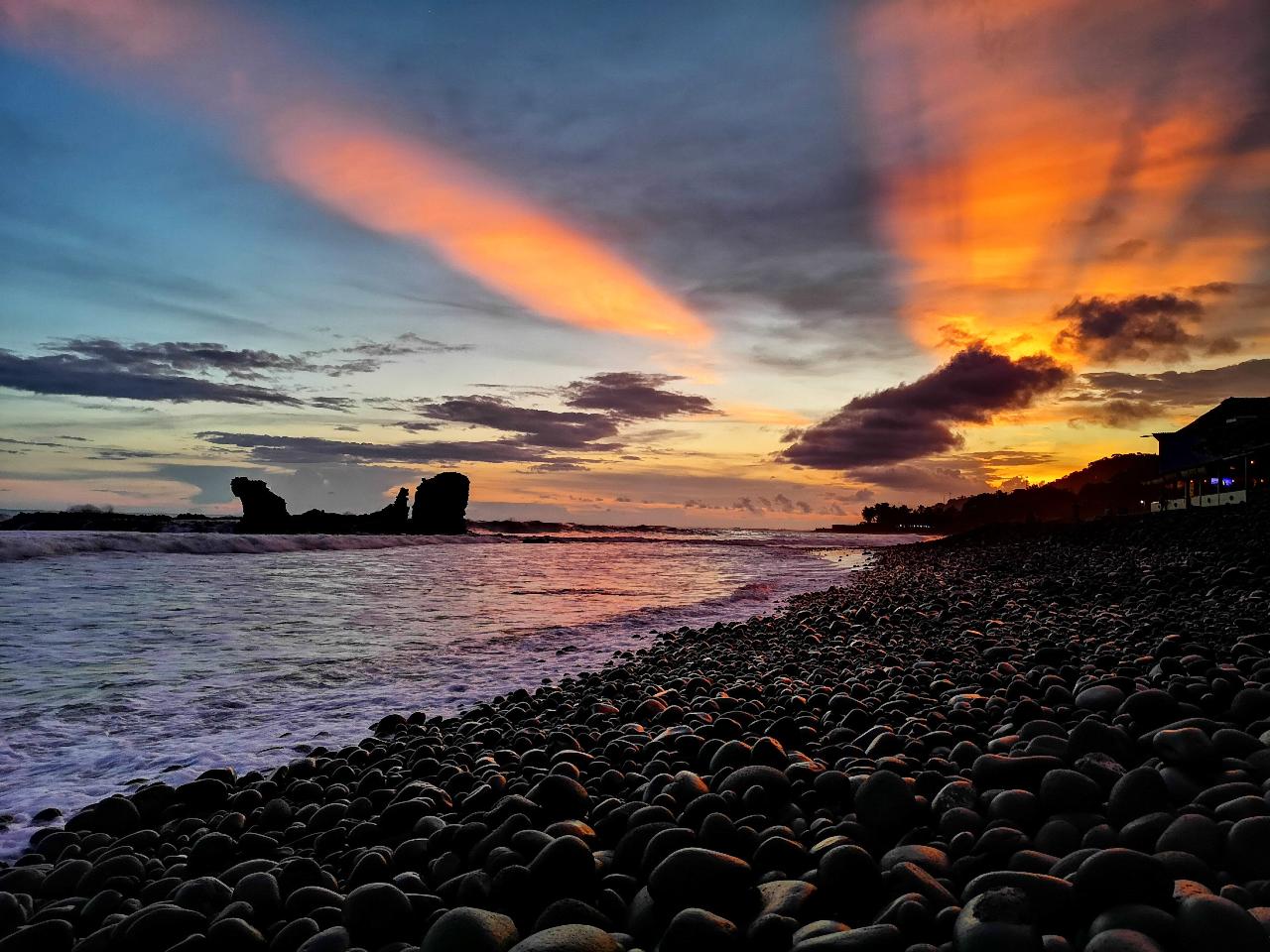
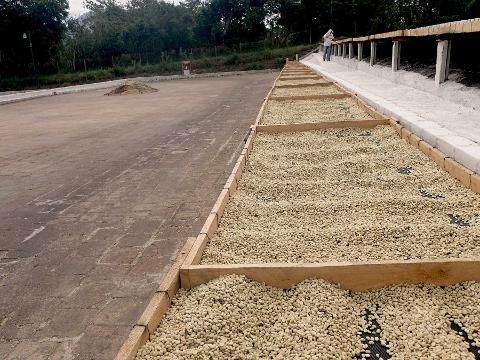


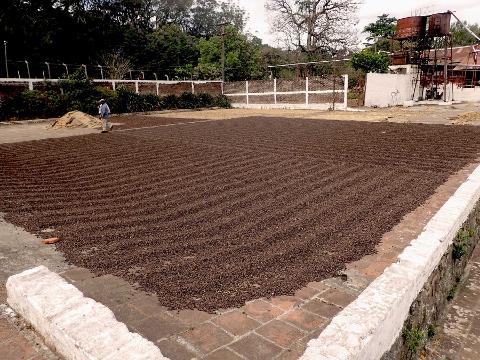
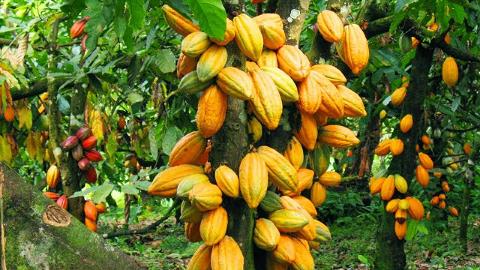
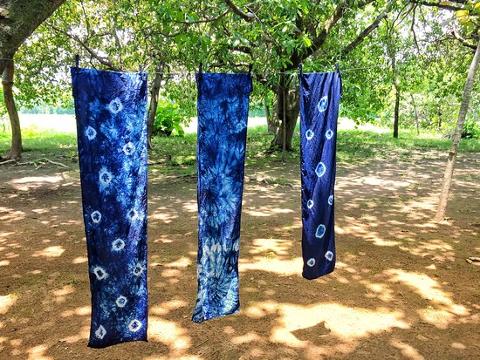
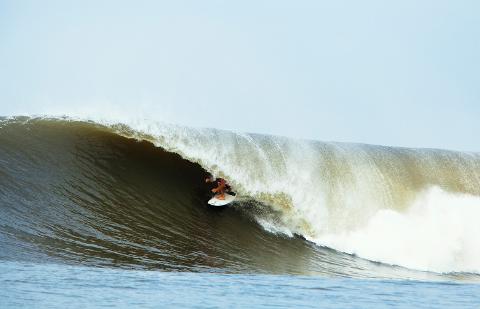
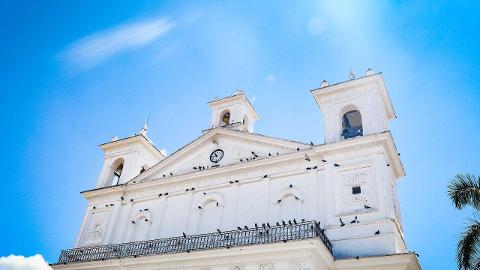

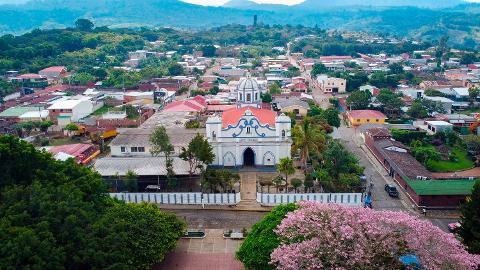
- Продолжительность: 7 дн. (прибл.)
- Место встречи: San Salvador
- Код предложения: P9KT56
There are many reasons why someone might want to travel to El Salvador. Some people might be attracted to the country's beautiful natural landscapes, which include volcanic mountains, lush forests, and long stretches of sandy beaches. Others might be interested in exploring the rich history and culture of El Salvador, which is influenced by a mix of indigenous, Spanish, and African traditions. El Salvador is also home to a number of important cultural and historical sites, such as ancient Maya ruins and colonial-era churches, which are of interest to tourists and history buffs. Additionally, the people of El Salvador are known for their warm and friendly nature, and visitors to the country are often struck by the hospitality of the locals.
El Salvador is a small nation in Central America, bordered by Guatemala and Honduras. Many people integrate El Salvador in a larger travel itinerary combined with other countries in the region. We have several tours starting from San Salvador which are perfect for those who travel to El Salvador and want to experience as much as possible in a short time. In this tour you’ll get to interact with locals by workshops such as cooking and traditional dyeing of clothes. We’ll also visit a cacao plantation where you’ll get to know everything about chocolate.
Tour Summary:
Day 1: Arrival in San Salvador
Day 2: San Salvador City Tour and pupusa workshop
Day 3: Suchitoto and indigo workshop
Day 4: Concepcion de Ataco and arts workshop or coffee tour
Day 5: Chocolate Tour
Day 6: Surf Workshop at El Tunco
Day 7: Departure
Tour in depth:
Day 1: Arrival in San Salvador
Upon arrival at San Salvador International Airport, our team will be waiting for you and assist you and bring you to your hotel in El Salvador.
Day 2: San Salvador City Tour and pupusa workshop
We’ll start our morning by exploring the city center of El Salvador, with a focus on the old city center, Zona Rosa and a few squares such as Plaza Libertad. We’ll pass by some markets so you can get a good grip about the local atmosphere and will pass by some highlights. In the afternoon we’ll have a Salvadoran cooking workshop in which you’ll learn how to make pupusas, the Salvadoran national dish.
We will try to integrate as many points of interest as possible during our city tour in San Salvador. Some of the top attractions in the city include:
- Catedral Metropolitana: This beautiful neoclassical cathedral is located in the center of the city and is home to many important religious artifacts.
- National Palace: This historic building is the seat of the government of El Salvador and features beautiful gardens and architecture.
- Museo de Arte de El Salvador: This art museum features a collection of Salvadoran and international art, including paintings, sculptures, and more.
- Mercado Central: This large indoor market is a great place to shop for local goods, including clothing, crafts, and fresh produce.
- Plaza Libertad: This large square in the center of the city is a popular gathering place and features a number of historical buildings and monuments.
After an authentic lunch, we will start with our pupusa workshop. A pupusa is a traditional Salvadoran dish made of a thick, handmade corn tortilla filled with a variety of ingredients. The most common filling is a mixture of cheese and beans, but pupusas can also be filled with meat, vegetables, or other ingredients. Pupusas are usually served with a side of curtido, which is a lightly fermented cabbage slaw, and a tomato sauce called salsa roja. Pupusas are a popular street food in El Salvador and are often sold at small stalls or from mobile food carts. They can also be found in many restaurants and are a popular choice for both locals and tourists.
Day 3: Suchitoto and indigo workshop
Today you’ll get to explore the town of Suchitoto and we’ll also get to learn more about indigo, a natural blue dye and San Salvador is one of the few countries left in the world which still grows and exports indigo. Today you’ll get to dye your own clothes with indigo in Suchitoto, the indigo capital.
Suchitoto is a small town located in the department of Cuscatlán in El Salvador. It is known for its colonial-style architecture, historic center, and beautiful natural surroundings. The town is located on the shores of Lake Suchitlán, which is a popular spot for swimming, boating, and fishing. The surrounding area is home to a number of coffee plantations and is a great place for hiking and exploring.
There are several interesting things to see and do in Suchitoto, including visiting the colonial-style houses and churches, shopping for local crafts, and exploring the natural beauty of the area. Some popular attractions in the town include the Catedral de San Martín, the Casa de la Cultura, and the Mirador de la Cruz, which offers panoramic views of the lake and surrounding countryside. Suchitoto is also a great place to experience traditional Salvadoran culture and cuisine, with a number of restaurants and markets offering local specialties. We will focus on indigo today.
Indigo is a plant that is grown for the production of a blue dye that is used in a variety of products, including clothing, textiles, and cosmetics. Indigo has been cultivated for centuries and is native to many parts of the world, including Africa, Asia, and the Americas. It is typically grown in tropical or subtropical climates and requires a lot of sunlight and moisture to thrive. Indigo is a member of the pea family and has green leaves and small purple flowers. The blue dye is produced from the leaves of the plant and is extracted through a process of fermentation and oxidation. After the dye has been extracted, it is typically dried and then ground into a powder or made into a liquid form for use in various applications. Indigo is prized for its deep blue color and has been used in a variety of products throughout history, including clothing, textiles, and cosmetics. It is still an important crop today and is grown in several parts of the world, including India, China, and a few countries in Africa and the Americas.
Day 4: Concepcion de Ataco and arts workshop or coffee tour
Today we’ll visit the colorful town of Ataco, nestled in between green hills with many coffee farms. Ataco is known for its murals and is home to many artists and craftsmen. We’ll discover the town a bit and today you can choose between a visit to a coffee processing facility and plantation or to do a painting workshop.
Ataco is a city in the department of Ahuachapán, in western El Salvador. It is known for its colonial architecture and for being an important center for coffee production in the country. Coffee is one of El Salvador's main exports and has been an important part of the country's economy for many years. The first coffee planted in El Salvador is attributed to Jesuit priest Francisco Fabián y Fuentes in 1770, but it was in the 19th century that coffee cultivation began to expand and become a significant industry. Most of El Salvador's coffee is grown in the western region of the country, in departments such as Ahuachapán and Santa Ana. Ataco, in particular, is known for its production of high-quality coffee.
Day 5: Chocolate Tour and workshop
Today we’ll continue our route towards the south of El Salvador and we’ll get a cacao tour. We’ll get to see the cacao plantations and then you’ll learn about how we get from chocolate beans to the finished chocolate product, explaining roasting, drying, grinding and shelling processes. You will also get the opportunity to make a chocolate bar yourself! Cocoa has been a part of El Salvador's history for centuries. It is believed that cacao was introduced to the country by the Maya, who cultivated it and used it in their ceremonies and rituals. Cocoa has also been an important source of income for many Salvadoran families over the years. Although cacao is not as important as coffee in the country's economy, it remains a culturally and economically significant crop in El Salvador.
The first known cultivation of cacao in El Salvador dates back to pre-Columbian times, when it was grown by the Maya and other indigenous groups. When the Spanish arrived in the 16th century, they introduced new techniques for cultivating and processing cacao, and it became an important export crop. In the 19th and early 20th centuries, cocoa was one of the main exports of El Salvador, along with coffee and indigo.
Today, cocoa is still grown in El Salvador, although it is not as important as it once was. Most of the cacao grown in the country is of the Forastero variety, which is known for its hardiness and resistance to diseases. It is grown mainly in small farms in the western and eastern regions of the country. The cocoa industry in El Salvador has faced challenges in recent years, including low prices and competition from other countries. However, it remains an important source of income for many small farmers and a symbol of the country's cultural and agricultural heritage. After our tour we’ll continue to the coast. If time permits we’ll stop at the town of La Libertad, before we continue to El Tunco to stay there overnight.
Day 6: Surf Workshop at El Tunco
El Tunco is a small beach town located on the Pacific coast of El Salvador. It is known for its black sand beach and strong waves, which make it a popular spot for surfing. El Tunco is located in the department of La Libertad, about an hour's drive from the capital city of San Salvador. It is a popular destination for both domestic and international tourists, who come to enjoy the beach, try their hand at surfing, and experience the laid-back atmosphere of the town.
In recent years, El Tunco has seen an influx of tourists and has become a hub for backpackers and other travelers. As a result, the town has developed a vibrant and lively atmosphere, with a range of accommodation options, restaurants, and bars catering to visitors. In addition to surfing, visitors to El Tunco can also participate in other activities such as horseback riding, kayaking, and hiking. The town is also known for its lively nightlife, with a number of bars and clubs that stay open late. Depending on your flight schedule we can stay here for tonight or continue to San Salvador. If you want you can book a surf lesson at El Tunco, or you can choose to take the day off.
Day 7: Departure
Today we’ll bring you to the airport of San Salvador and make sure you’re on time for your flight back home. If you want to continue your travel overland to Honduras or Guatemala, please let us know if you need any assistance for border crossing and transport.
Included:
- Accommodation in midrange/upper midrange hotels/guesthouses
- All transport in private vehicles
- Professional, local English speaking guide (or Spanish of course)
- All entrance fees and activities as describes
Not included:
- Visa and tourist pass
- Flights
- Meals and drinks
- Tips and gratuities